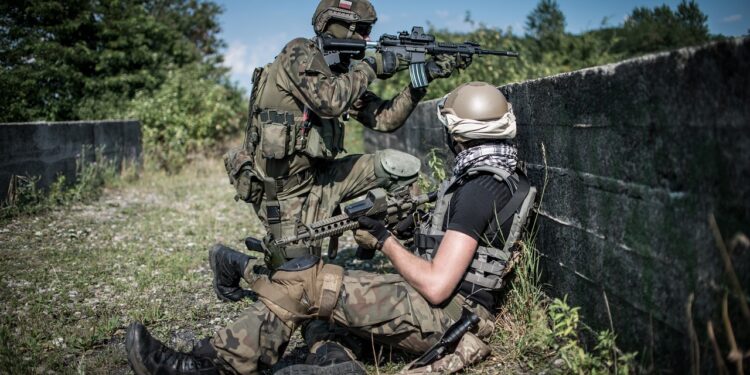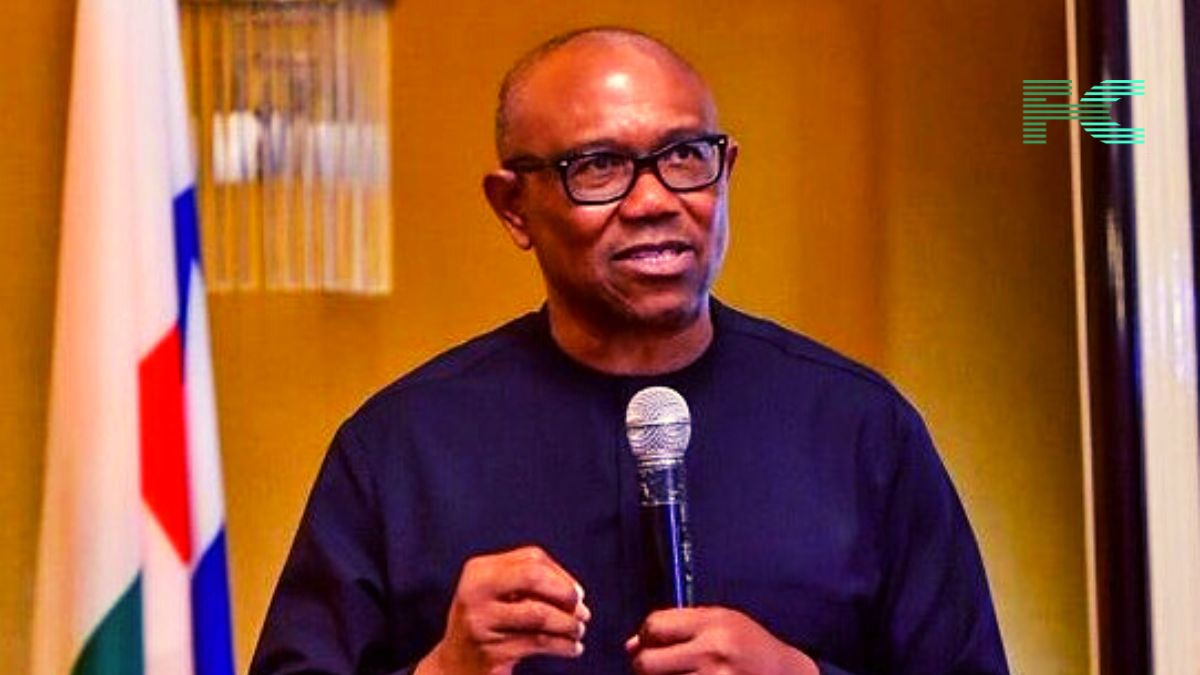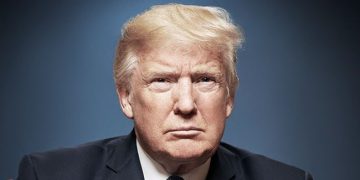As the war in Ukraine continues to unfold, its impact is reverberating well beyond Eastern Europe, tipping the scales in a delicate global balance and heightening the risk of further escalation. Although the conflict appears to be a direct clash between Ukraine and Russia, it has evolved into a symbolic standoff between the Western and Eastern blocs, with significant implications for international stability.
East vs. West: A Proxy War in Disguise
What began as a regional war between Ukraine and Russia now represents a broader geopolitical contest. Ukraine’s alignment with the West has intensified tensions, particularly as it was previously seen as part of the Eastern bloc. This shift has rattled global peace, creating a precarious situation where the risk of escalation feels almost inevitable. What was once a confined war is now increasingly international, drawing more states into a complex web of alliances and animosities. Could this be the prelude to a larger, more devastating global conflict?
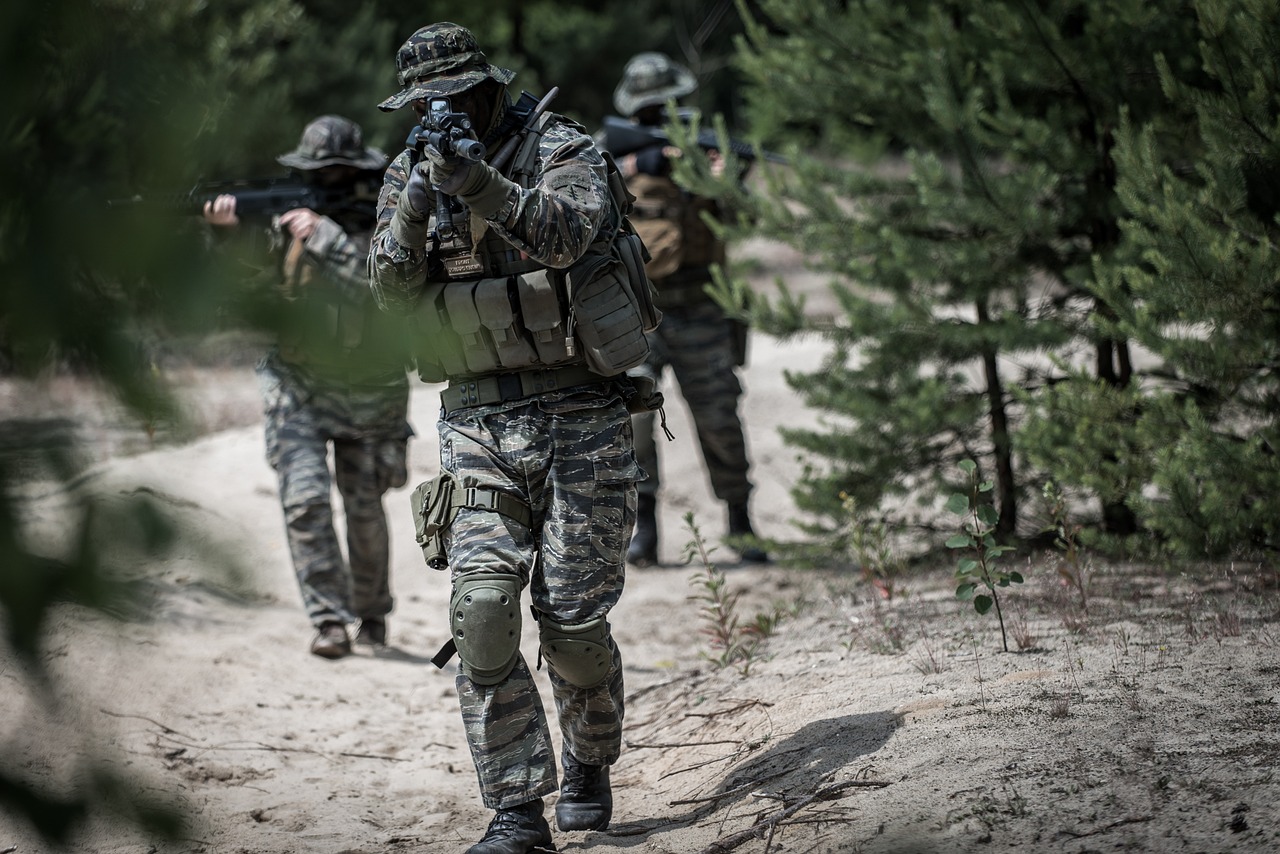
Russia-North Korea Alliance: Shifting the Balance of Power
For more than two years, Ukraine, backed by the West, has been engaged in a grueling fight against Russia, with Western nations providing indirect support to contain Russian influence. Recently, however, Russia has taken a decisive step by forging a military pact with North Korea, a long-time adversary of the West. This alliance not only provokes Western powers but also raises alarms in South Korea, a close ally of the West and a fierce opponent of North Korea.
This partnership offers clear benefits for both Russia and North Korea but comes at a significant cost to Western interests in the region. The West is now faced with the challenge of countering this new alliance and protecting its stake in the outcome of the conflict.
West’s Response: Easing Restrictions on Ukraine’s Weapon Use
Until now, Western allies have imposed restrictions on Ukraine, barring it from using Western-supplied weapons to strike deep into Russian territory. This restraint was intended to prevent a direct escalation and avoid a broader war.
However, reports of North Korean troops deploying to the Russian region of Kursk, where Ukraine has recently been active, have intensified Western anxieties. On Monday, the Pentagon signaled that if North Korea becomes actively involved in the fighting, the West may reconsider these limitations, allowing Ukraine to employ Western weapons with fewer restrictions.
This new posture poses a direct threat to Russia and marks a shift in the West’s strategic stance. Ukraine has long pressed for permission to strike deeper within Russian borders, though Russia has warned that such a move could lead to a full-scale, potentially nuclear, conflict with the West. Caution has been a key factor in the West’s support for Ukraine—until now.
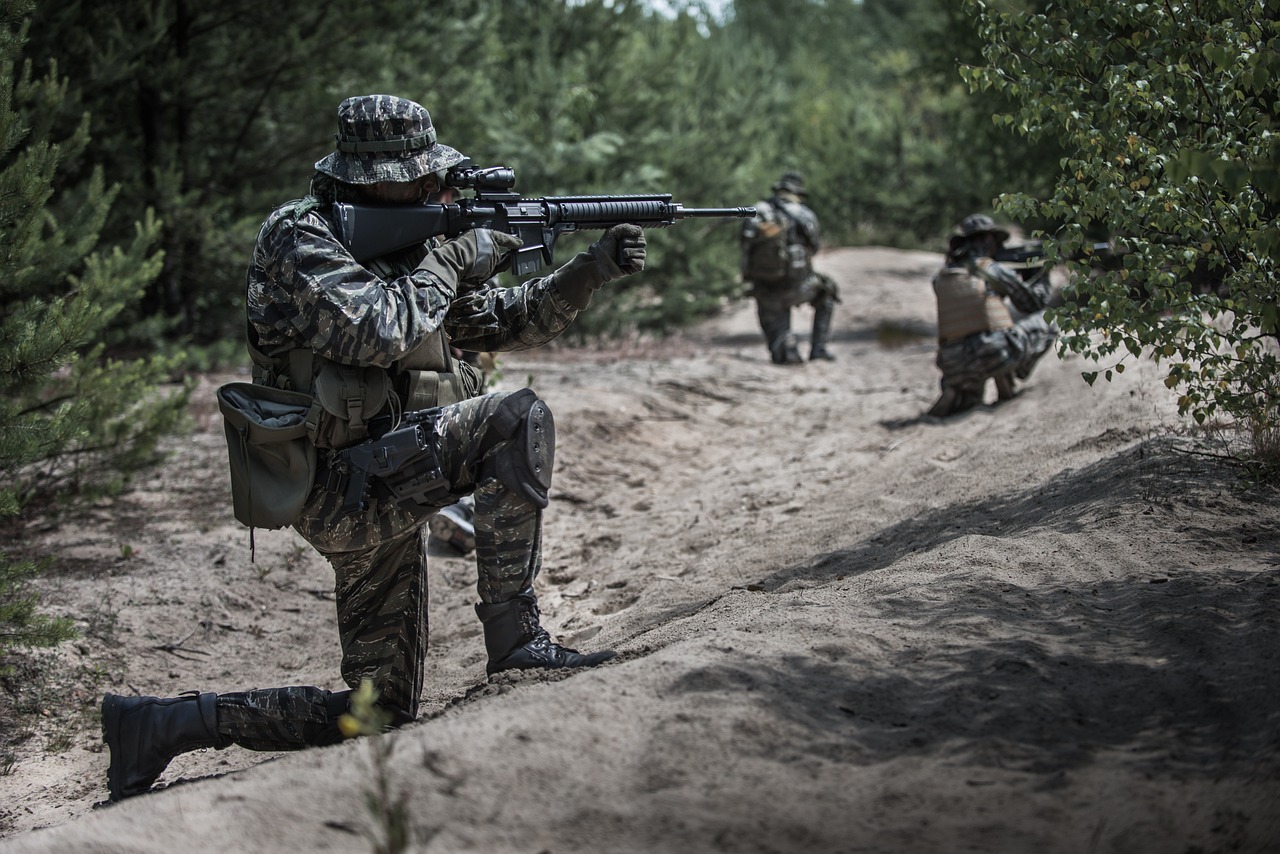
Rising Tensions: A Growing Threat of All-Out War
With both Russia and the U.S. seemingly adopting a more aggressive stance, the potential for all-out conflict between these global powers looms large. The escalation of this war could bring about devastating consequences, as the world faces the alarming possibility of a third world war driven by clashing interests between the Western and Eastern blocs.
The recent developments raise critical questions: Can the West and East exercise the restraint necessary to prevent this conflict from spiraling out of control? Or will their deep-rooted rivalry lead to a crisis that engulfs the world?
Conclusion: The Uncertain Fate of Global Stability
As the war in Ukraine intensifies, the world watches anxiously, wondering how this confrontation between superpowers will unfold. The old adage, “when strong men fight, the rest of the world takes cover,” now takes on new significance. With both blocs unwilling to back down, what will be the fate of global peace? In this high-stakes struggle for dominance, the decisions made in the coming months may shape the future of international relations—and the security of nations worldwide.

